Risks
Even when wildlife conservation appears to be working, there are a variety of risks that can negate all the advances made, or worse, wipe out entire populations of animals.
Some of the main risks are outlined below:
Human Pressure
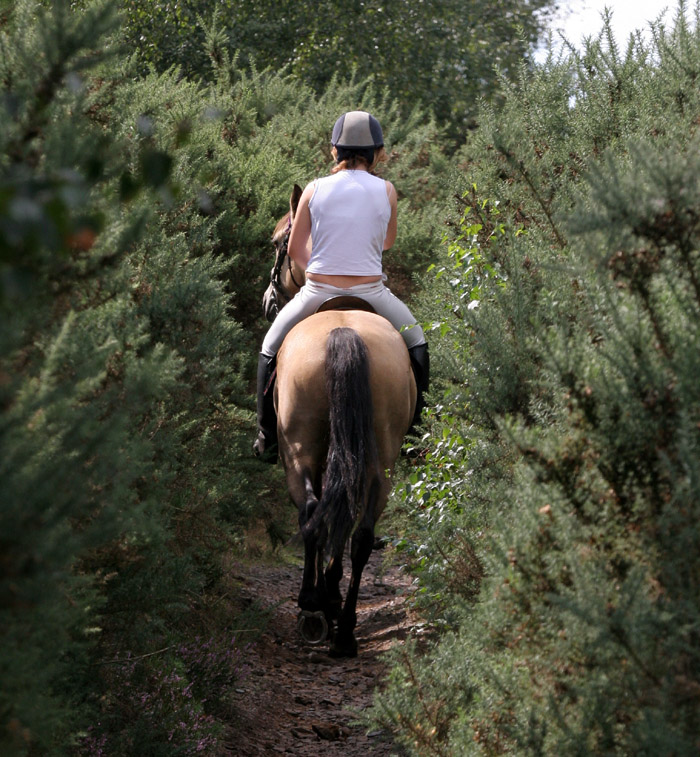
Human pressure on key reptile and amphibian sites can come in many forms:
One of the most obvious and damaging forms of human presence is the increased risk of fire on prime habitat sites. Fire is covered in more detail in the section below.
Disturbance of the animals by human activities can play a part to the detriment of certain species, whilst other species thrive upon the landscape changes implemented by man. Adders can be very wary of human presence, and activities such as horse-riding, dog-walking, off-road-motorcycling or even mountain-biking have been shown to have an adverse effect upon adder populations. However, the adder thrives on motorway verges where one would expect disturbance to be at a peak.
Toads, and other amphibians bear the brunt of 21st century human innovations such as traffic. Every spring, thousands of toads migrate from their winter hibernation and foraging grounds, and crawl across country to ponds and lakes in order to breed. As they undertake this journey, they have to cross many man-made roads, and undertake the perilous crossings, dodging the night traffic.
SARG co-ordinates many toad crossings at sites across the county of Surrey. [ Link to Toad crossing page ]
Fire
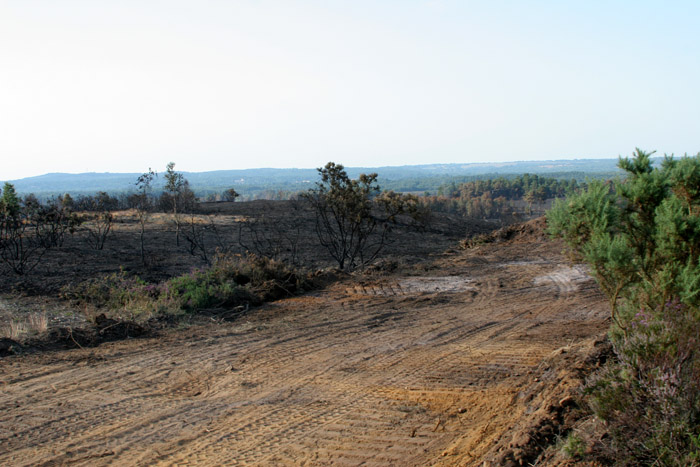
Fire can cause devestation to a population of amphibians or reptiles. The animals' natural reaction to fire is to dive deeply into vegetation. If the fire is over quickly, this instinct can save the animals, unfortunately, most fires continue to smoulder after the flames, producing fumes which suffocate the animals. Even animals sheltering within rabbit (or other mammal) holes often succumb to these fumes.
Should any animals survive the fire, worse hardships are to come. The fire usually destroys all cover from predators, and many animals that initially survive a fire are predated by birds. With their habitat destroyed, the animals have no food source and are doomed to a slow death if they cannot find suitable habitat that has survived.
It can take a very long time for habitat to recover from a major fire. Mature heathland can take as long as fifteen years to fully recover.
The best protection from a major fire is to create, and maintain, fire breaks across valuable habitat. These fire-breaks starve a fire of fuel and contain the fire to a small area. Fire-breaks also form a natural barrier to any fire that allows the fire services to control the spread of the fire.
Unfortunately, the majority of serious fires are started by man, either deliberately (arson) or by accident (cigarette ends). Maintaining a presence on valuable habitat allows for early detection of any fires, and deters arsonists from choosing that site to destroy, as their chances of being caught in the act are higher than a site where there are no witnesses present.
Regular surveying of animals at valuable sites (monitoring) not only provides valuable scientific information, but the presence of surveyors can reduce the damage inflicted by a fire event.
SARG aims to allocate volunteer wardens to the county's most important sites, assisting the countryside rangers, to gather information about the animals over a prolongued period of time. This allows us to assess the benefits (or possibly detriments) of the management practices at the site, and to provide the all-important 'presence'.
Introduced Animal Species
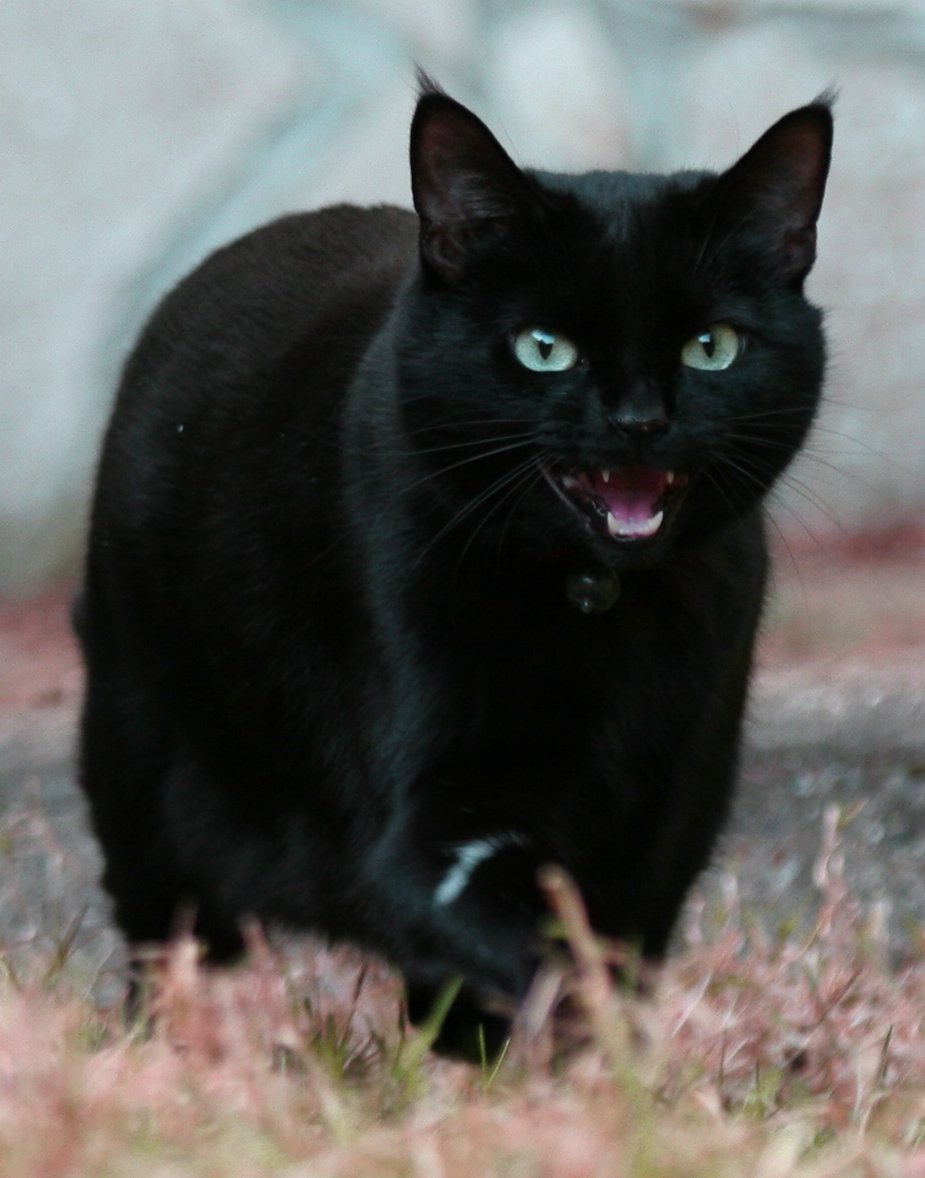
Many animal species introduced by man have a negative effect upon native reptiles and amphibians.
In urban margins, domestic cats probably account for as many deaths of herpetofauna species as natural predators. Slow worms are particularly vulnerable to attack, although young frogs can also be killed. In general, the toxic excretions in the skin of toads keep them relatively safe from attack by cats.
The North American Bullfrog was once a popular pet, and as such, many have found their way into the wild. Bullfrogs are notorious for eating huge quantities of smaller wildlife, however, this is not the primary threat they pose to native herpetofauna.
Bullfrogs have been shown to carry the highly infectious chytridiomycosis disease (caused by the chytrid fungus). In other countries (particularly Australia) this disease has wiped out entire amphibian populations. All bullfrog sightings in Surrey should be immediately reported to the SARG Amphibians officer.
Another introduced species is the Common wall lizard. At present it is unknown whether any of the numerous pathogens carried by this lizard (and indeed all introduced species) are harmful to native animals. The worrying aspect of the Wall lizard introduction is that the animals are breeding within England, and their range increasing.
A recent study along the cliffs of Boscombe has been trying to quantify the effect that the introduced Wall lizards and Green lizards are having upon the population of native Common lizards. Initial results suggest that the news is not good, and that Common lizard numbers are in strong decline.
Pollution
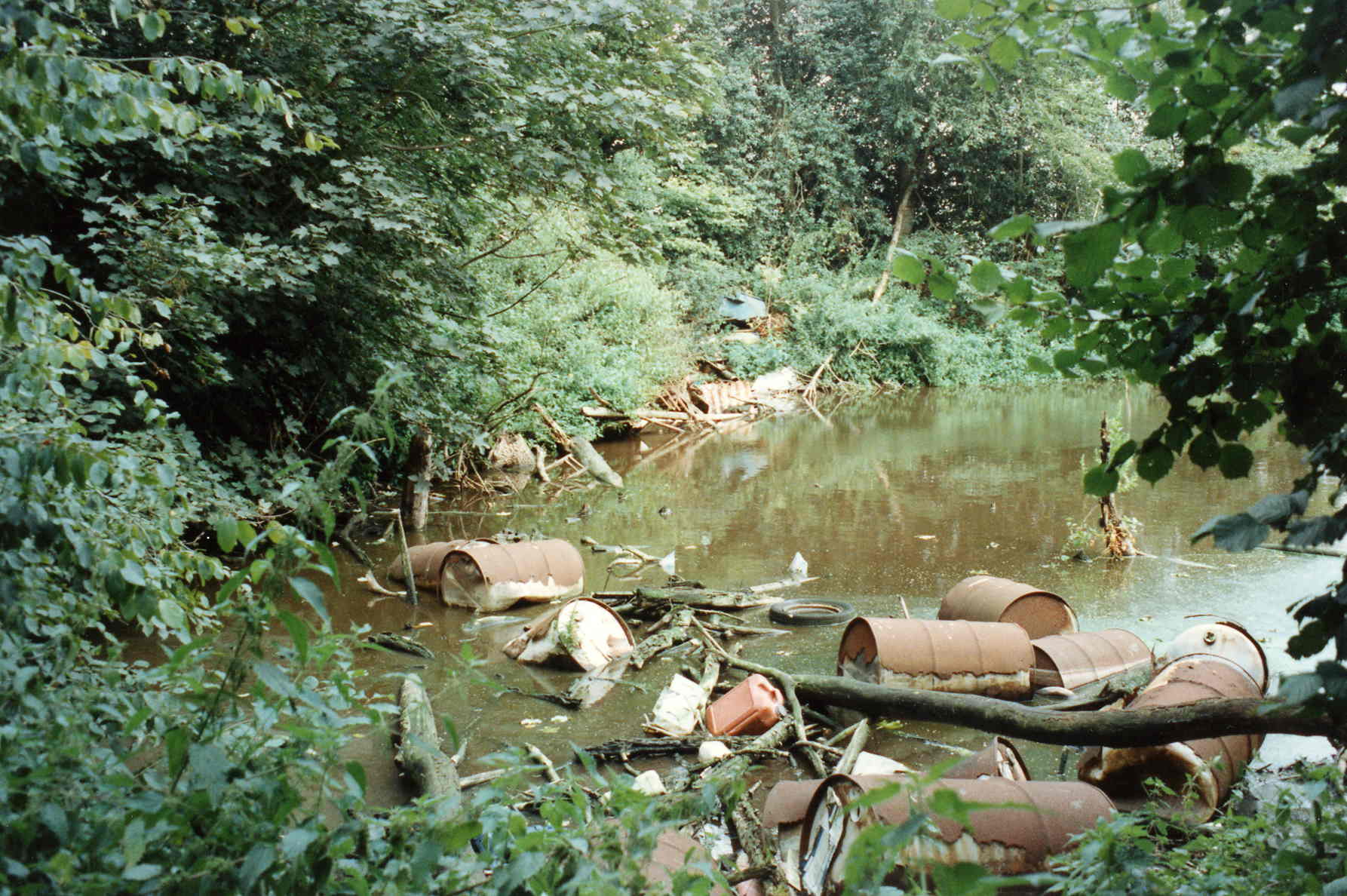
Reptiles and amphibians are especially prone to the absorption of harmful chemicals through their skin. This vulnerability makes them particularly susceptible to the pollution of their environment.
It is perhaps amphibians that have the most difficult time with pollutants, as they must return to ponds for breeding. A pond is small in size (compared with terrestrial habitat) and may become completely uninhabitable due to the presence of pollutants. Where such a pond is the sole focus for amphibian breeding activity in a given area, the local amphibian population is doomed for extinction.
Excessive nutrients in the water (caused by water fowl, or run-off from farmland or roads, or by disturbance of the pond sediment by excessive use by dogs) can cause algal blooms in the water. This in turn starves the water of the oxygen necessary for tadpoles to breathe. Removal of these blooms, and a stemming of the nutrient source is the best way to make the pond viable for the reproduction of amphibians.
Illegal dumping of rubbish within a pond may cause the water to be poisoned by toxic industrial chemicals, which has a swifter negative effect upon any resident amphibians. Many ponds require the careful removal of such refuse to allow the pond to flush away any toxins by sucessive rainfalls.
Planning and Development
Invasive Plant Species
Over-grazing
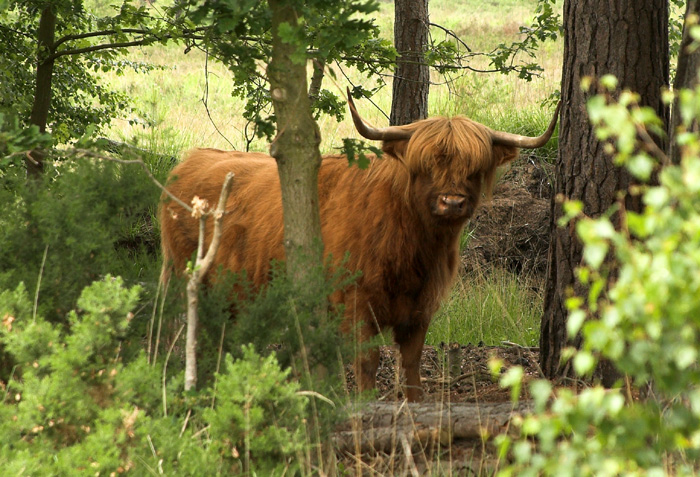
There has been long-running debate as to whether grazing by goats, horses or cattle is a sympathetic habitat management method concerning reptiles and amphibians. The arguments are complex and there is no 'right' or 'wrong' answer.
We are on safe ground to suggest that over-grazing is detrimental to reptiles and amphibians. Grazing animals are often refered to as 'biological bullldozers' as they trample the vegetation structure and can compact the plant layer to a point where it offers herpetofauna no protection from predators.
In the early days of grazed management of wildlife habitat, the only figures available for determining the number of animals per unit area were farming look-up tables. Farming densities of grazing animals are necessarily high, as there is a need for the farmer to make a living out of his animals and econimic pressures dictate high numbers of animals. It is now clear that 'farming-levels' of animals are far too high for effective wildlife habitat management.
A site of special scientific interest, and key reptile site on the Surrey/Hants. border has been the recent subject of a grazing experiment. The 80 hectare site is home to six highland cattle and six Przewalski horses. Since the introduction of the animals, the flora diversity has improved many fold. This is believed to be due to the animals' hooves spreading seeds throughout the site. This has clearly increased the floral biodiversity of the site, and has apparently had no ill effect upon the reptile population. It is unclear whether the grazing has improved the habitat for reptiles and amphibians.
Such a low level of grazing, less than one animal per 10 hectares, appears to offer no threat to reptile and amphibian species, whilst benefiting other wildlife. There are large areas of the site that the cattle never visit and there is plenty of cover for herpetofauna species.
Geographic Isolation
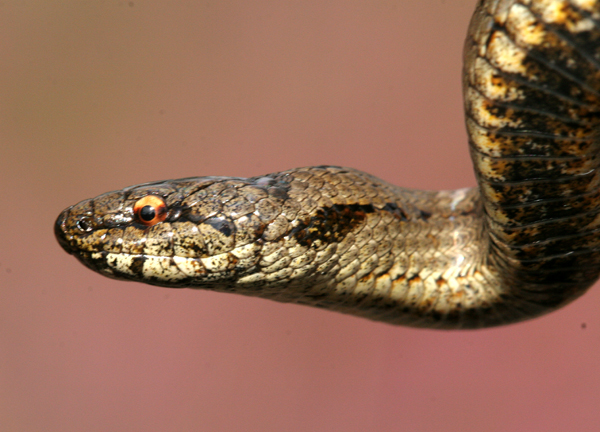
Sometimes reptiles or amphibians will occupy an area of ideal habitat that is small in size and isolated from adjacent populations.
One risk to these isolated colonies is the danger of inbreeding. Without the genetic diversity availiable from a large population, certain defective characteristics can become reinforced. One extreme example of this is the Aesculapian snake colony in North Wales, which are believed to be descended from a single individual escapee in the 1970s; all animals within this population exhibit stunted growth, with few animals exceeding four feet in length. Other populations of the same species can grow up to seven feet in length.
Other negative characteristics that can become reinforced could include a diminished ability to reproduce, which in turn would lead to the eventual extinction of the colony, given sufficient time.
There are two main methods available for preventing such damaging inbreeding: introduced genetic diversity and re-connectivity of the colony.
It is possible to capture specimens of the target species from large populations and to introduce these animals to the geographically isolated colony. These introduced animals can be removed after a season or two. The aim is to inject some diverse DNA into the genetics of the isolated colony. At best, this is a temporary measure, as inbreeding will continue, and the fresh DNA introductions will degrade over time.
A permament solution, when possible, is to construct 'habitat corridors' such that the isolated population can interact with animals from 'the outside'. This solution also has the benefit of increasing the available habitat for the animals, and should result in a higher number of more heathly animals.
One note of caution should be expressed concerning the linking of colonies. Should a disasterous disease occur, it is far more likely to infect animals that are not geographically isolated. A good compromise would be to establish groups of colonies into meta-populations, which are large enough to resist the negative impacts of inbreeding, but are no so large that the loss of the entire meta-polulation does not endanger the species' survival.